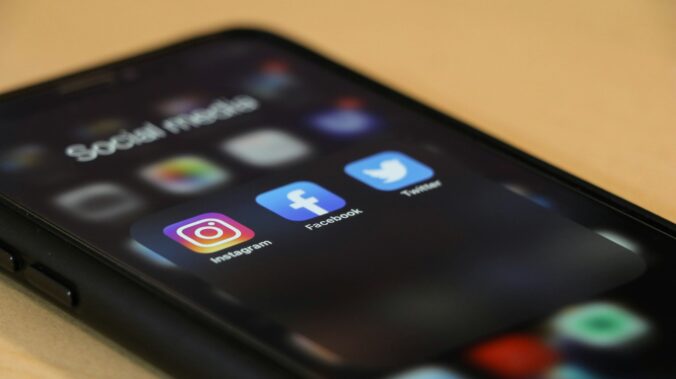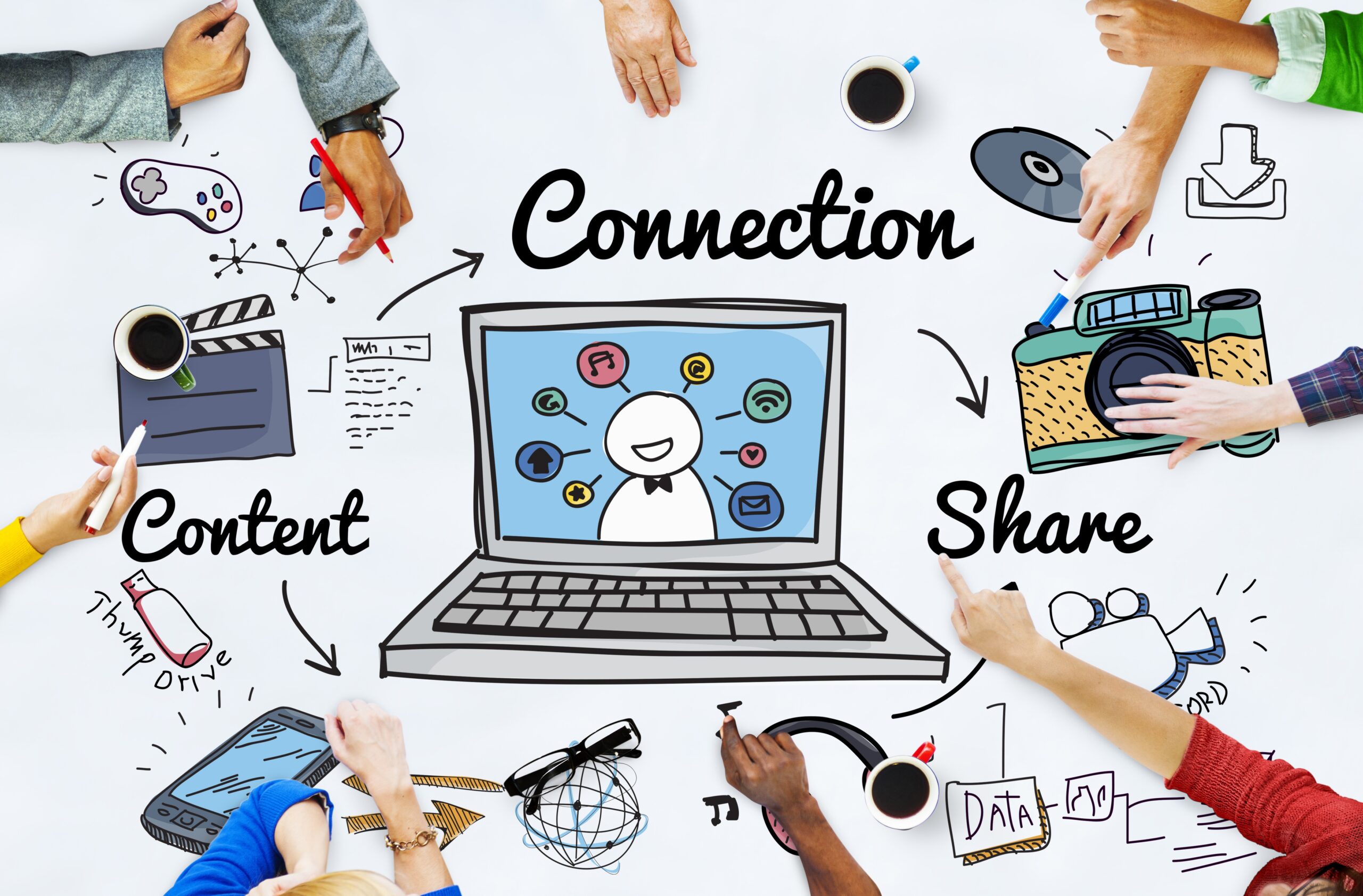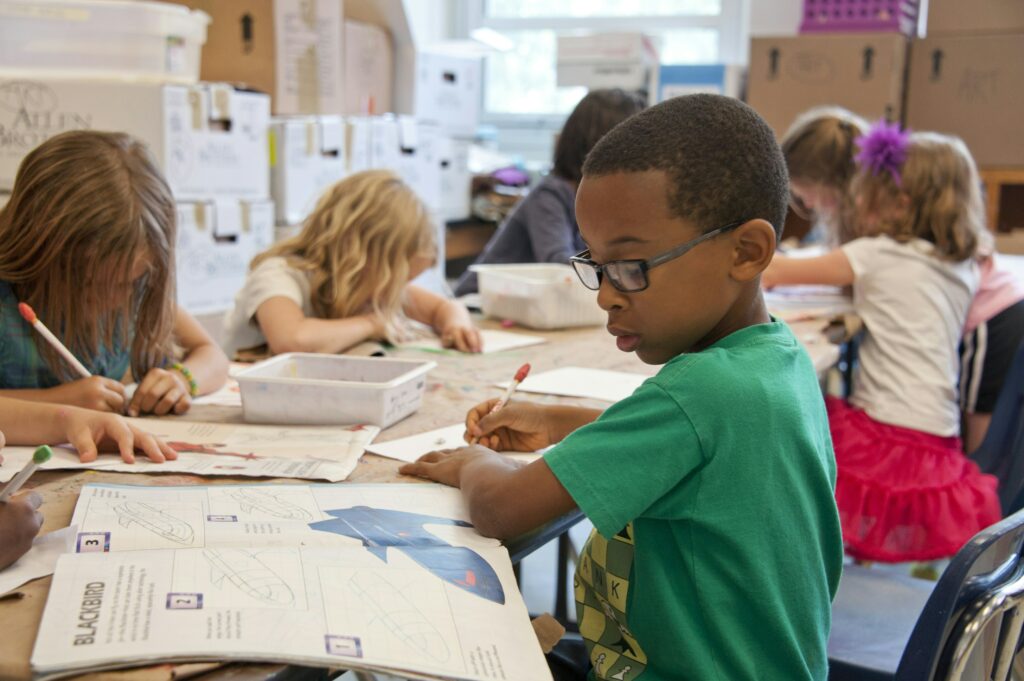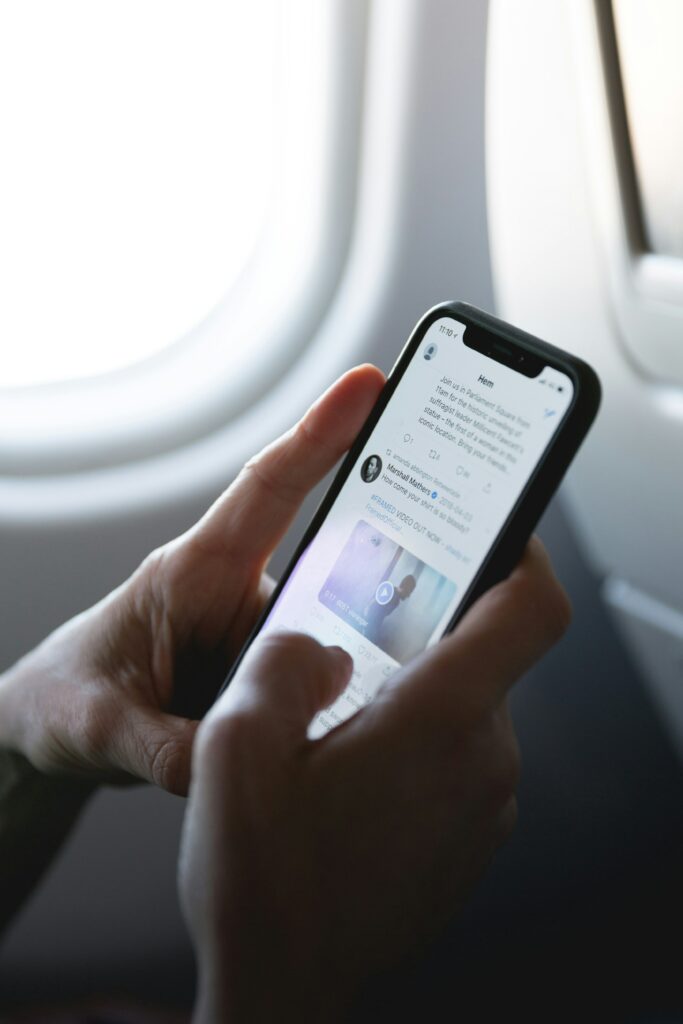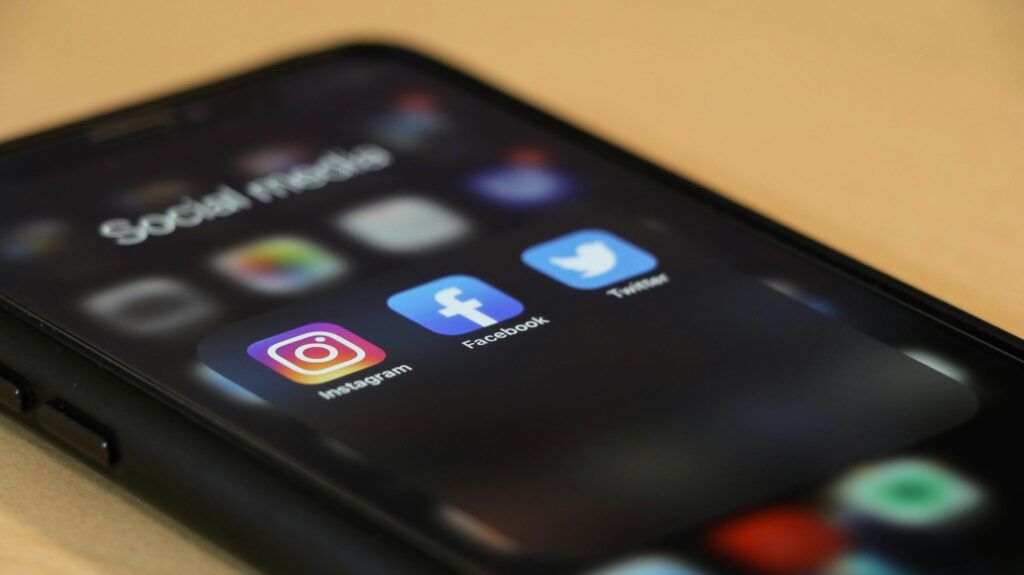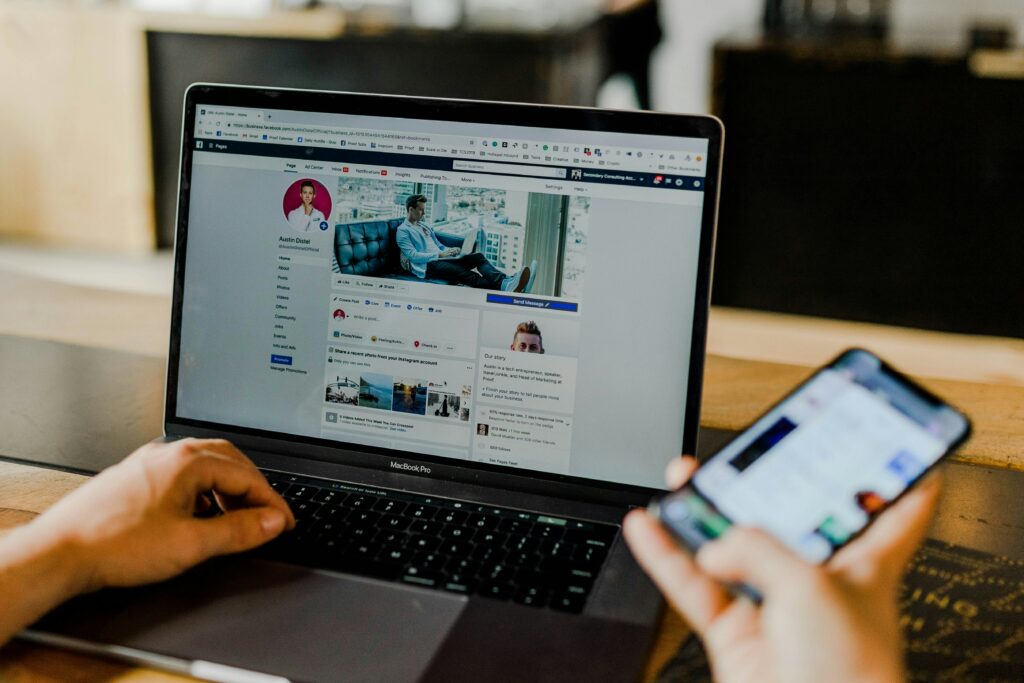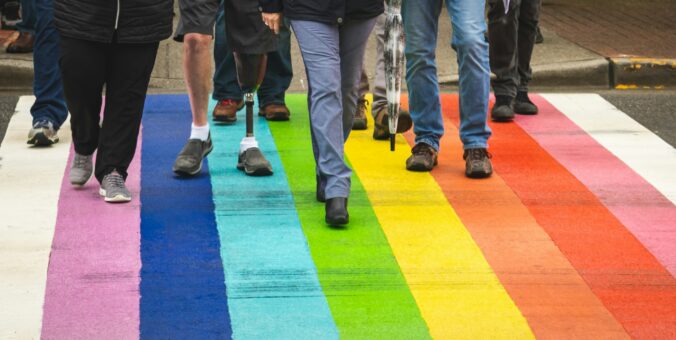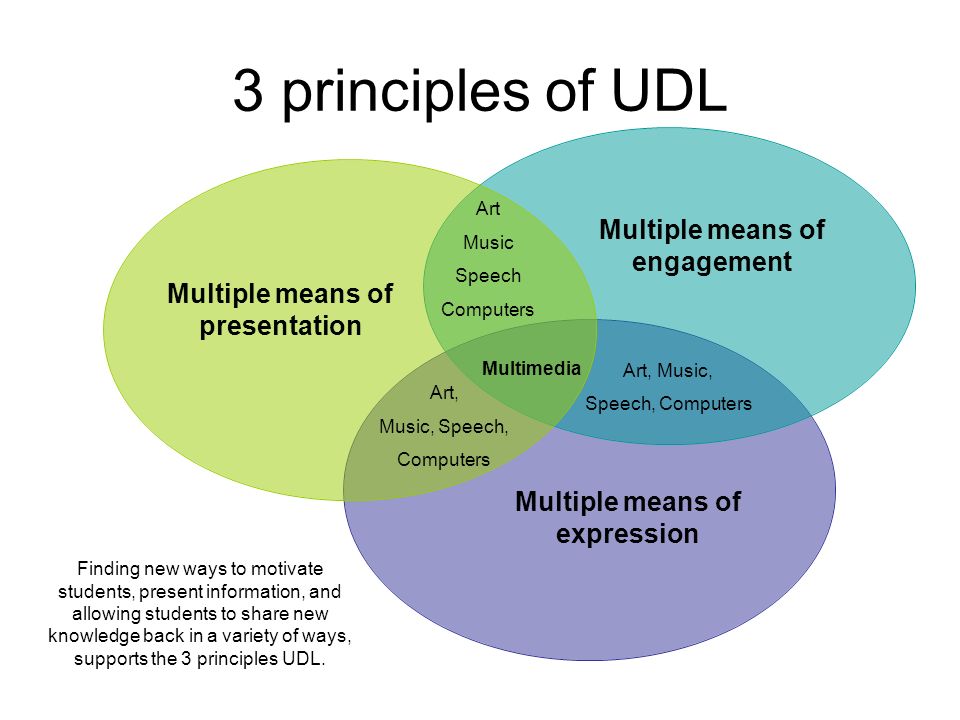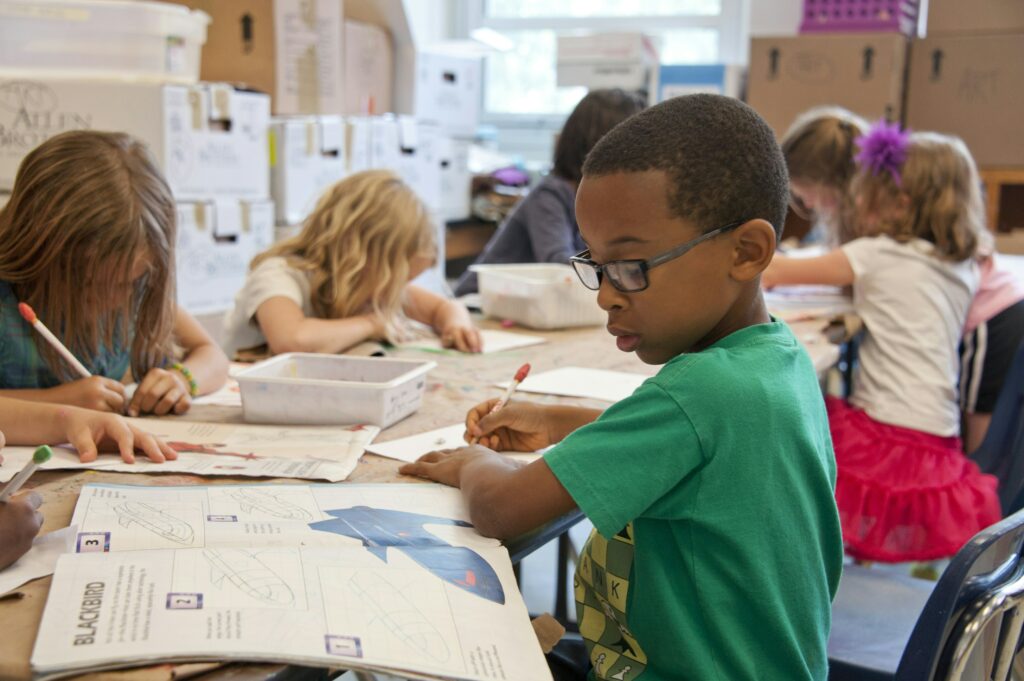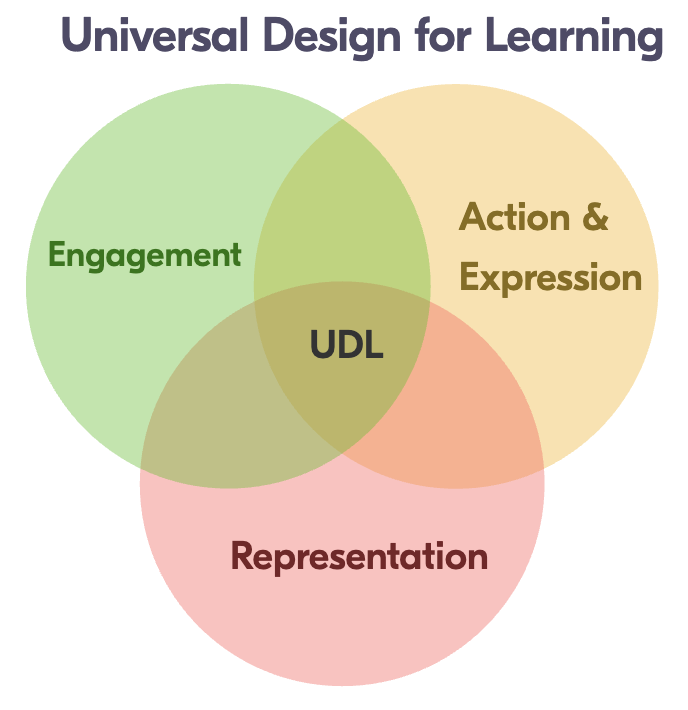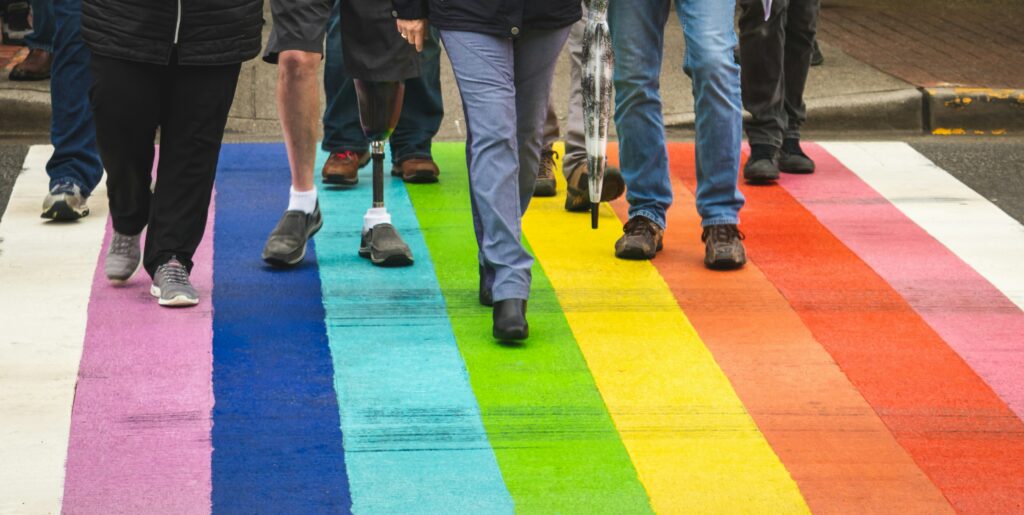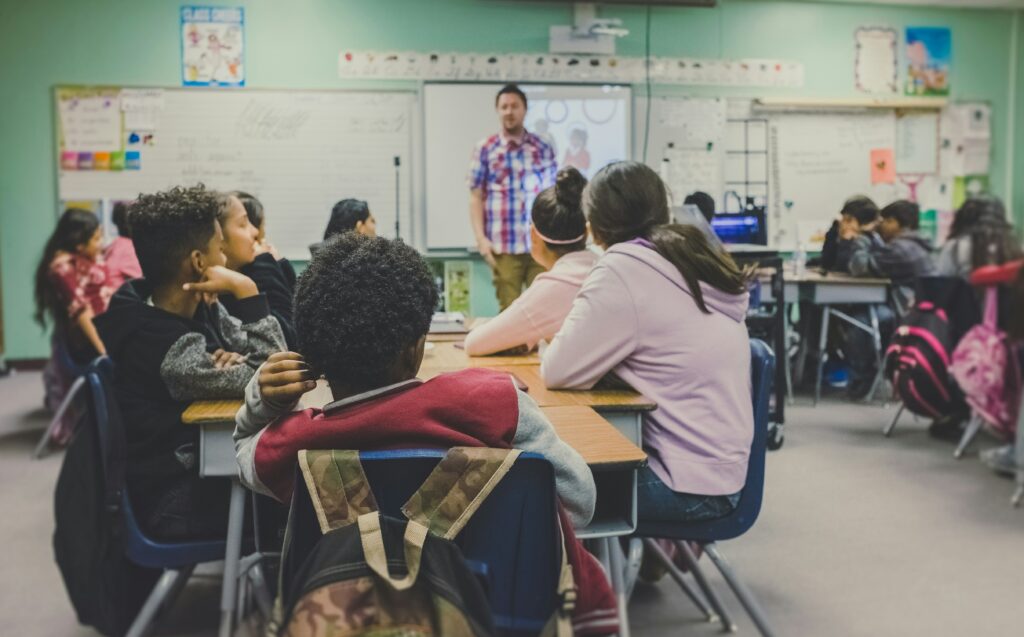Key Definition:
| Terms to look out for while reading: |
| Open educational resources: teaching and learning resources that are released to the public and allow individuals to access, adapt and redistribute the source with limited or no restrictions. |
| Open pedagogy: a learning style that utilizes open educational resources to support learning |
| Pedagogy: the practices and methods of teaching. The focus is on how we teach rather than what we teach |
| Instructional Scaffolding: allowing students to who are struggling to work with a more advanced student, adult or resource to allow them to reach their learning goals. |
| Creative commons license: a license created by the author of the work that sets a guideline for how the public may utilize their resources. |
| Public Domain: category of creative commons licensing in which the resources are unprotected by property law. |
What is Open Pedagogy:
Teachers have many avenues they can take when instructing students. Pedagogy–the practices and methods that guide instruction, can be interpreted and applied differently depending on the instructor and their goals. Open pedagogy, also known as open educational practice is complicated and can be defined in numerous different ways. One way to conceptualize open pedagogy is as a system of practices and methods that utilize open educational resources (OER) to reduce the barriers associated with education and make it more affordable and accessible. Open educational resources are free learning materials that anyone is able to adapt, change or redistribute with minimal or no limitations. This can include videos, textbooks, lesson plans and worksheets.
Open pedagogy is composed of three main features:
- Open Planning: when creating course materials and curriculum, there is open collaboration before solidifying the content, lessons and teaching strategies. Instructors are able to see what other teachers have done and their reflections and challenges before solidifying the details of their own course. For example, an instructor may take a look at other teacher’s lesson plans for Biology 11 before solidifying the content breakdown of their own course.
- Open Products: Products of the course such as the instructor’s lesson plans and the students work can be used for something larger in the global community.
- Open Reflection: Actively and openly reflecting on the course and documenting successes and challenges can enlighten future instructors on the possible challenges associated with the resources, lesson plans or the pedagogical approach taken. For example, a teacher may change their strategy for instructing stoichiometry, if they see other teacher’s commentary on the challenges associated with that practice.
How is Open Pedagogy Different than Traditional Methods?
Each teaching methodology is incredibly different and offers different benefits and challenges for both the instructor and the student. For example, direct instruction is when instructors provide explicit, step-by-step teaching, usually in a lecturing format. This strategy can be beneficial due to how streamline the lessons flow but, can be negative due to low engagement and passive learning. Dissimilarly, inquiry based instruction focuses and supports students ability to explore their problems and questions for themself. This can lead to greater engagement and problem-solving skills, but can result in less structured lessons. As you can see, both strategies listed above, though seemingly different practices, benefits different students depending on their unique needs.
Open pedagogy has unique practices and theories that differ from traditional methods. Below is a few ways that open pedagogy differs from other teaching practices:
| 4 ways Open Pedagogy differs from Traditional Teaching Methods |
| 1. Allows instructors to build OER alongside their students: although the topic matter may be new to students, asking them to reframe and recreate course material in new ways adds value to OER’s, but allows them to explore the course content. |
| 2. Utilizes participatory or social technologies: Open pedagogy utilizes blogs, wikis that encourage students to engage with individual’s and ideas that span past their own institution. |
| 3. Connected Community: Open pedagogy relies on the interconnectivity of the global community to inform practices and content. This allows more diverse voices to be included in the curriculum, content and assignments found in course. |
| 4. Reflective Practice: Open pedagogy encourages instructors and students to engage in reflective practices openly that inform their own instruction and the instruction of others. This includes using open tools such as blogs for peer feedback and reflection. |
How can Open Pedagogy be used to empower students and teachers?
Open pedagogy aims to encourage collaboration and sharing in teacher-teacher and student-teacher dynamics. As a result, Open pedagogy can empower students and instructors alike. Students have been found to be motivated by the opportunity to create artifacts that can be utilized by other individuals. University students who engaged in courses that followed open pedagogical practices, found that they felt empowered by their ability to contribute positively to a body of knowledge rather than just reading it.
The Role and Impact of Open Educational Resources:
You have likely come accross open educational resources (OER) more often than you may think. Open educational resources are freely accessible educational resources that can be used, shared or changed. This includes many of the textbooks, videos and quizzes you find on the internet. A reason that OER are so unique is that they are licensed in a fashion that allows and encourages teachers and other professionals to make changes that align with the needs and goals of their students.
The 5 R’s of Open Educational Resources
- Retain: are able to keep and continue to use them as long as you need to.
- Reuse: can utilize the resources for yourself
- Revise: instructors can adapt, modify, or translate work
- Remix: can combine with other resources to make new work
- Redistribute: share work with other instructors and users.
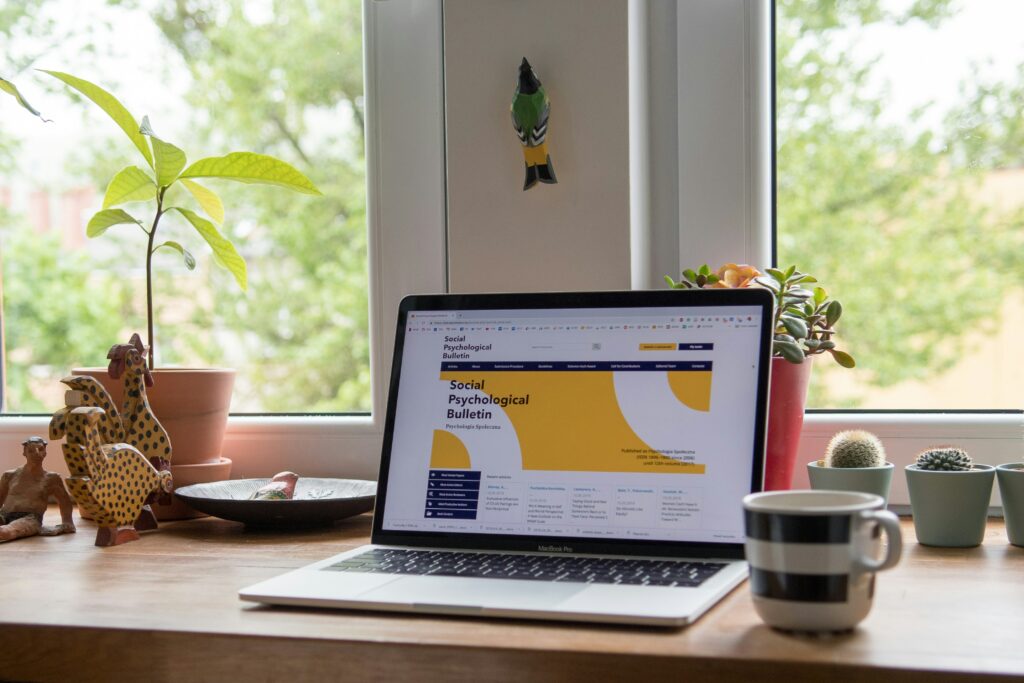
Unsplash
As a student I readily utilize OER‘s to support and reinforce my own educational pursuits. I utilize open access journal articles to conduct research, write papers or to supplement the material covered in class. I also utilize online tutorials as I navigate technologies that I had not used previously. For example, when I took statistics, we were asked to use R, a coding platform to complete analyses and I relied on the tutorials found online to teach myself how to code effectively. Those are just a few examples of how I have used OER, but students can also use OER’s such as videos, open textbooks or open learning modules. All of these are advantageous as they reduce barriers such as the cost to make resources more available. Other advantages include increased flexability due to being able to utilize the online sources anywhere and the adaptability of being able to choose and apply sources sparingly based on what student’s need.
Open educational resources are a great addition to an instructor’s practice as they can reduce barriers to education for their students.
Below are a few advantages of open educational resources for teachers:
- Reduces the costs: OER’s allow instructors to utilize high quality resources for their classrooms without needing to spend a large amount of money. For example, they may be able to remove textbook usage and supplement their learning with open educational resources online.
- Improve teaching: allows teachers to improve and continually incorporate relevant material and findings as they come. For example, they can use resources that include local landmarks into their word problems.
- Streamlines curriculum: open online resources can be used to supplement their own teaching and allows teachers to offer different inclusive materials such as podcasts, books or pamphlets when needed or if they are tackling complex topics. For example, teachers can utilize pre-made lesson plans, videos or podcasts to teach cultural topics such as Lunar New Year or Ramadan, if those cultural celebrations are not within their lived experience.
How does open educational resources contribute to making education more equitable?
Open educational resources can be used efficaciously to reduce the barriers to education to make it more accessible and inclusive for students. Below are just a few ways that OER can make education more accessible to students all over the globe:
| How does OER make education accessible? |
| 1. Reduces Cost: Open educational resources are free to access and use reducing the financial strain for students who experience financial constraints. |
| 2. No pre-requisites: open educational resources are freely available to anyone– meaning that individuals do not need certain GPA’s or course requirements to utilize the materials. For example, to read an article on Vygotsky’s zone of proximal development, I do not need to have previously taken an education course. |
| 3. Can access anywhere: the majority of OER’s are accessible on the internet. This increases accessibility for individuals living in rural regions or areas that do not have access to learning centre’s such as universities. |
| 4. Scaffold Learning: OER can scaffold students learning by adapting the resource to support the students needs. Teachers can adapt OER to meet the level of their student. For example, for a student with apraxia, a teacher might include the words they are to fill in with a highlighter so the student can trace the answer and recieve writing practice. |
Creative Common’s Licensing:
Creative common’s licensing is a license created by the copyright owner that allows the public to utilize their work within the guidelines that they have set for their resources. This can range from public domain–meaning the public can utilize the resource in any fashion they would like, to simply copying and distributing at verbatim the resource.
There are 6 types of Creative Commons Licensing
- Attribution (BY): able to share, distribute, remix and utilize these resources as you would like, as long as you provide appropriate credit
- Attribution- ShareAlike (CC BY-SA): can use, distribute and adapt resources aslong as all usages and adaptations give proper credit.
- Attribution- NonCommercial (CC BY-NC): Can use, distribute and adapt resources as long as proper credit is given to the creator and it is for noncommercial reasons.
- Attribution- NonCommercial- ShareAlike (CC BY-NC-SA): can use, distribute and adapt resources as long as proper credit is given to the creator, they are not used for commercial reasons and all adaptations must follow the same terms.
- Attribution- No Derivatives (CC BY-ND): Individuals are only able to copy and distribute the material in verbatim as long as credit is given to the creator.
- Attribution- NonCommercial- No Derivatives (CC BY-NC-ND): Can use copy and distribute the material verbatim as long as it is used for commercial reasons and credit is given to the creator.
Why is it important to know these?

When utilizing open educational resources it is important to have a deep understanding about creative commons licensing and how that influences your rights regarding how you can utilize the work. Creative commons is important because it protects people’s work and intellectual property. For example, if I create a lesson plan to inform students on the history of comic books, and I don’t want people to be able to commercialize the lesson plan, I can utilize creative commons licensing to protect my work and ensure it is used effectively. In that example, I may pursue an Attribution- NonCommercial (CC BY-NC) License as it would allow the public to adapt, distribute and share my lesson plan, but not sell it.
Key Takeaways:
- Open pedagogy is a learning style that utilizes open educational resources to support learning.
- Open educational resources can be used to reduce barriers such as cost for education.
- Creative commons licensing is a form of copyright that allows individual’s to choose how their work can be used by the general public.







